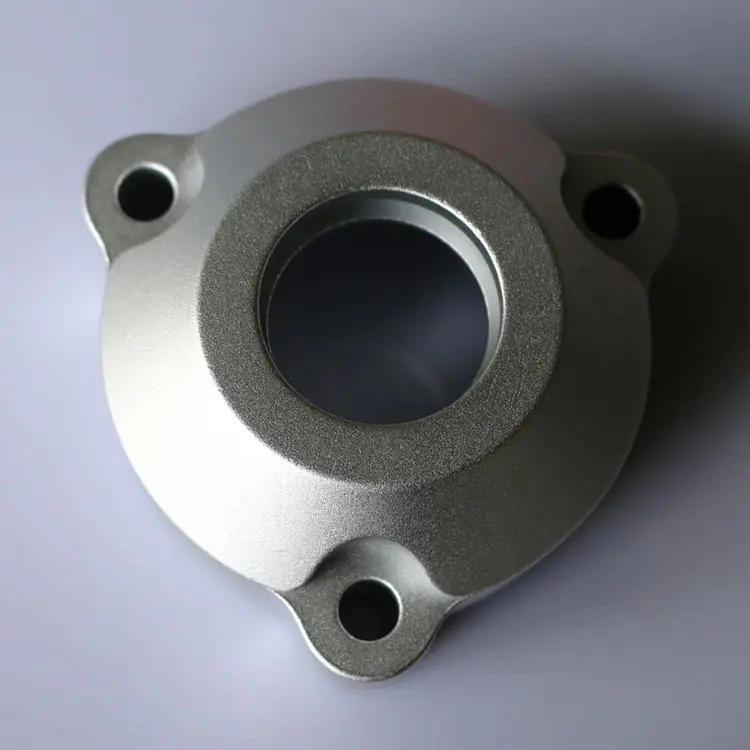
Powering Progress Through Advanced Technology
Advanced technology is transforming the world at an unprecedented pace, driving innovation across every sector.
From artificial intelligence and robotics to quantum computing and biotechnology, these breakthroughs are redefining what’s possible.
From artificial intelligence and robotics to quantum computing and biotechnology, these breakthroughs are redefining what’s possible.
Advance Tech
Surface treatment process of precision machinery parts processing
In the processing of precision mechanical parts, the requirements for strength and toughness are relatively high. Its working performance and service life are closely related to its surface performance. However, the improvement of surface performance cannot be achieved simply by relying on materials, and it is also very uneconomical. However, in actual processing, the performance must be up to standard, and surface treatment technology is needed at this time. In the field of mold surface treatment, mold polishing technology is a very important link, and it is also an important process in the process of workpiece processing. The surface treatment process of precision mechanical parts processing is very important in the processing process. It is worth reminding that the mold surface polishing treatment of precision parts is not only affected by the process and polishing equipment, but also by the parts The influence of material specularity has not been paid enough attention in the current processing, which also shows that the polishing itself is affected by the material. Although the processing technology to improve the surface performance of precision parts is constantly being innovated and upgraded, the hardened film deposition, and nitriding and carburizing technologies are mostly used in the processing of precision parts. Because nitriding technology can obtain a high level of surface properties, and the process of nitriding
August 9, 2023
Advance Tech
Earthquake in Turkey! What can our technology do?
Unfortunately, Turkey has suffered a terrible earthquake in the past two days, causing a large number of casualties. We can’t help asking, is it really impossible to do something to avoid disasters now that science and technology have developed to the present? But the reality is cruel, while advances in technology have greatly improved our understanding of earthquakes and the processes that cause them, the ability to predict earthquakes with any degree of accuracy is still limited. Currently, the most that can be done is to identify regions that are at higher risk of earthquakes and estimate the likelihood of a large earthquake occurring in the near future. There are several different approaches to earthquake prediction, including the analysis of geological, geophysical, and seismic data, as well as the use of mathematical models. Some of the specific research directions in this field include: Seismic precursors: This involves looking for changes in seismic activity, such as an increase in the number of small earthquakes or changes in the way energy is released, that may indicate that a larger earthquake is about to occur. Geodetic methods: This involves using GPS and other geodetic techniques to monitor slow movements of the Earth’s surface, which may indicate that stress is building up in the Earth’s crust and that an earthquake may be imminent. Electrical
February 9, 2023


